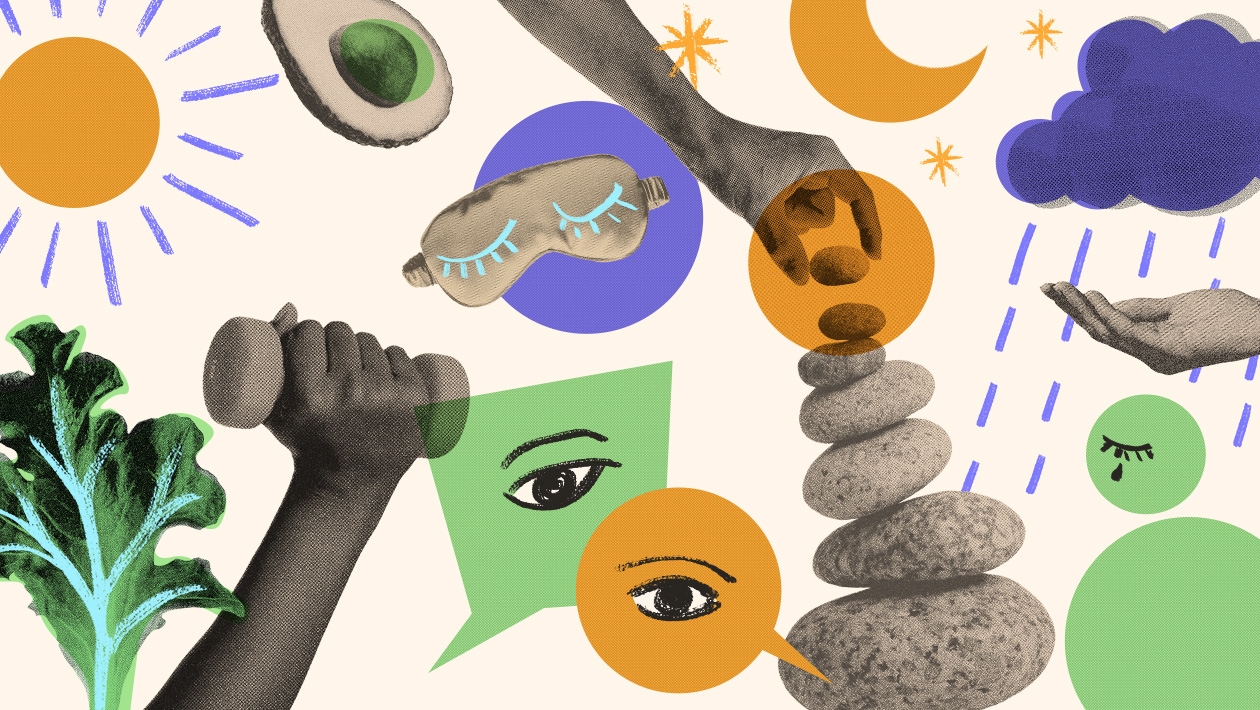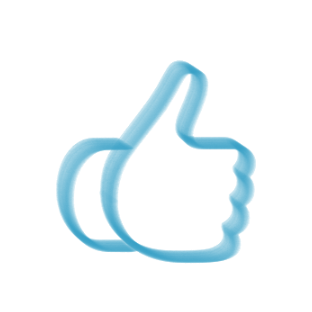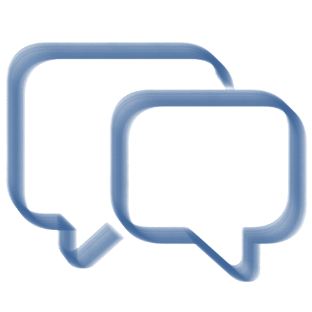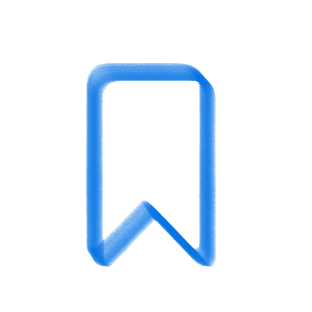Introduction
Exploring ways to address real-world challenges has always been integral to my teaching philosophy. The idea of students engaging in solutions to complex problems was electrifying, and I never doubted their capacity to rise to the challenge. Still, questions lingered: How could I design something that addressed a significant problem while meeting academic standards? How could I spark excitement and foster student investment? How could I make the content deeply engaging? These questions guided my efforts to align content to standards using a student-centered approach, but the solutions often stayed confined to individual learning. That’s when my journey with Challenge-Based Learning (CBL) began.
During the 2023-24 school year, a diverse group of high school students explored the challenges their peers faced daily. One issue resonated with all of them was mental health. They saw it as a pressing concern and believed they could make a meaningful impact. That realization became the foundation for what we now call "Activity Days." These days were a break from the regular schedule, offering activities designed to reduce stress, boost morale, foster agency, and improve overall health and occurred every other week.
As the advisor to this inspiring group, I witnessed firsthand the profound impact mental health had on students. Their passion sparked my own reflection: How could I modify my curriculum to engage learners in solving this complex, real-world problem? Mental health already aligned with my curriculum standards, but I wanted to go beyond surface-level learning. Gone were the days of simple exploration and one-off projects. It was time to embrace a dynamic, student-centered approach that empowered students to make a difference beyond the classroom.
The Framework
Inspired by the success of the school-wide initiative, I wondered how to adapt the CBL framework to my classroom. How could I empower my students to tackle complex challenges while aligning with standards? The CBL framework became my guide, providing a roadmap to navigate this student-centered approach.
Engage
The Engage phase kicked off with meaningful discussions about students’ roles in their community. We explored what it meant to participate actively and how their talents, knowledge, and learning could address the issues most relevant to their lives.
Mental health quickly emerged as the focal point, particularly the stigma surrounding it. We asked, “Why do people treat mental health differently from physical health?” If you break an arm, you see a doctor. If you’re sick, you get medicine. So why, when struggling with anxiety, stress, or overwhelming emotions, do people feel they have to “deal with it” alone? This question ignited my students’ passion.
Together, we identified our challenge: reversing the stigma surrounding mental health. Our essential question became: How can we challenge and change perceptions to reduce the stigma surrounding mental health in our school and community? With this question guiding us, we outlined actionable steps to foster understanding and support within our school.
Investigate
The Investigate phase was where deep learning unfolded. Students immersed themselves in research, analyzing data from the National Institute of Mental Health (NIMH), the CDC, and the National Alliance on Mental Illness (NAMI). They examined trends, identified factors affecting adolescents, and mapped out resources to address these issues.
Their work took many forms: quick-reference slides for morning announcements on mental health topics, infographics spreading awareness, and monthly podcast segments discussing issues like body image and stress management. Social media’s impact on mental health emerged as a critical theme. To address it, students initiated a weekly screen-time challenge, using their devices' analytics to reduce and reflect on their usage.
A transformation was underway. Students not only embraced the learning but became leaders, sharing their knowledge to extend the project’s reach.
Check out some of those student examples below:
Click on the video to view our October Mental Health Segment on the News From the Nest Podcast
Act
With a wealth of resources created, the Act phase became about amplifying the impact. Students designed a website as a central hub for their resources. They compiled informational texts, embedded multimedia like podcasts and infographics, and linked external resources. The site served as a go-to resource for peers, spreading awareness and offering support to those in need.
This digital hub aimed to reduce stigma and create a culture of understanding. It became a tangible testament to their commitment and a tool to support students across the school.
Document, Reflect, & Share
Throughout the six-week project, reflection was central. Students consistently documented their learning and shared their insights. The culmination of their efforts included a presentation to the school board, ongoing podcast contributions, and promotion of the website through announcements and the school newspaper.
Teacher Reflection
This project revealed the incredible potential of CBL. I watched students develop resilience as they faced challenges and empathy as they grappled with sensitive topics. These soft skills—walking in someone else’s shoes, listening, and collaborating—are cultivated through experience, not lectures.
The CBL framework provided the structure and freedom to create something truly transformative. It elevated learning beyond the standards, fostering creativity, critical thinking, collaboration, and personal growth. My students didn’t just learn—they left their mark, becoming leaders and advocates for mental health in our school community.


















January 27, 2025 . English
English
So outstanding! Thanks so much for sharing your impactful and inspiring story of Challenge Based Learning. Loved the amazing data and communicative graphics in the research phase, backed up by podcast media to inform. Your students certainly selected a Big Idea that matters to them and your insightful story is a helpful path for others educators to follow who are looking at Challenge Based Learning “Challenges”
This action is unavailable while under moderation.
This action is unavailable while under moderation.